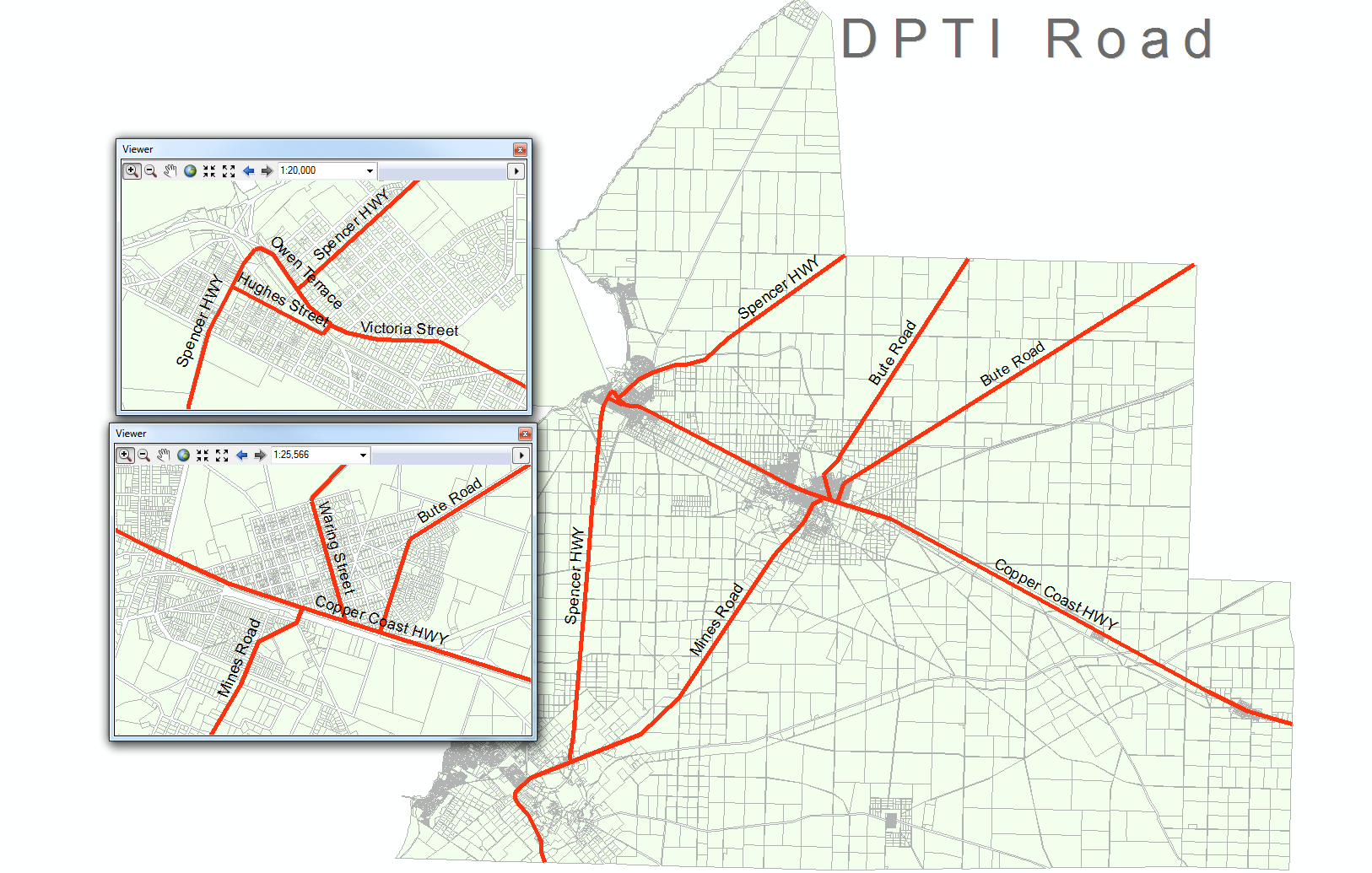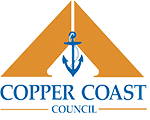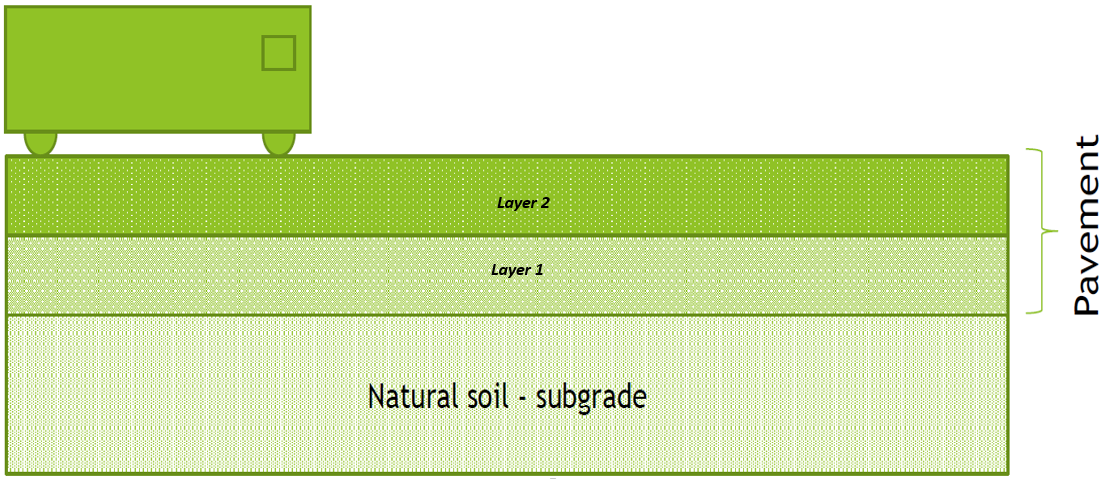Roads & Footpaths
Roads
The Copper Coast Council in partnership with the Federal Government, Department of Planning, Transport and Infrastructure (DPTI) are responsible for the construction and maintenance of an extensive road network throughout the region. With over 300km of sealed and over 630km of unsealed roads, Council are continually constructing, resealing, grading and upgrading roads to enable safe travel for all users. The Regions road network is comprised of three different types
- Unsealed - Rural hard material roads requiring continual grading
- Sealed - Town roads bitumen sealed
- DPTI Arterial Roads - Roads constructed and maintained by DPTI connecting our towns
Unsealed Roads
An unsealed road surface is covered by hard materials (crush rock, dirt) in rural areas and approximately inspected every three months. Regular Patrol Grading and Maintenance is carried out throughout the year on unsealed roads.
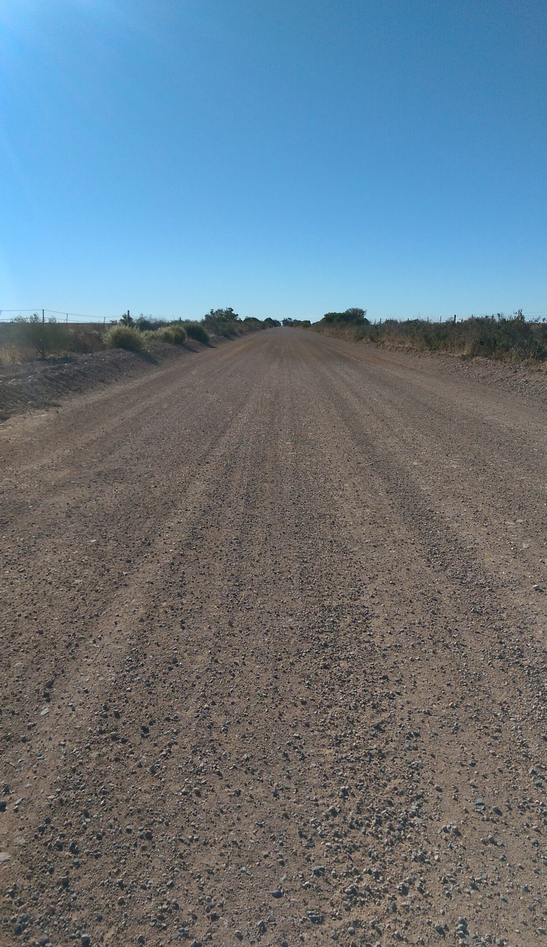
Sealed Roads
A road with its surface protected by a seal is called a sealed road. Council, through a regular reseal program maintain and upkeep the integrity of our regions roads. However, some of the roads due to significant structure or surface deterioration cannot be fixed and must be reconstructed. The life of a sealed road varies between 10 to 14 years, depending upon many factors such as traffic volume, pavement, weather conditions, etc.
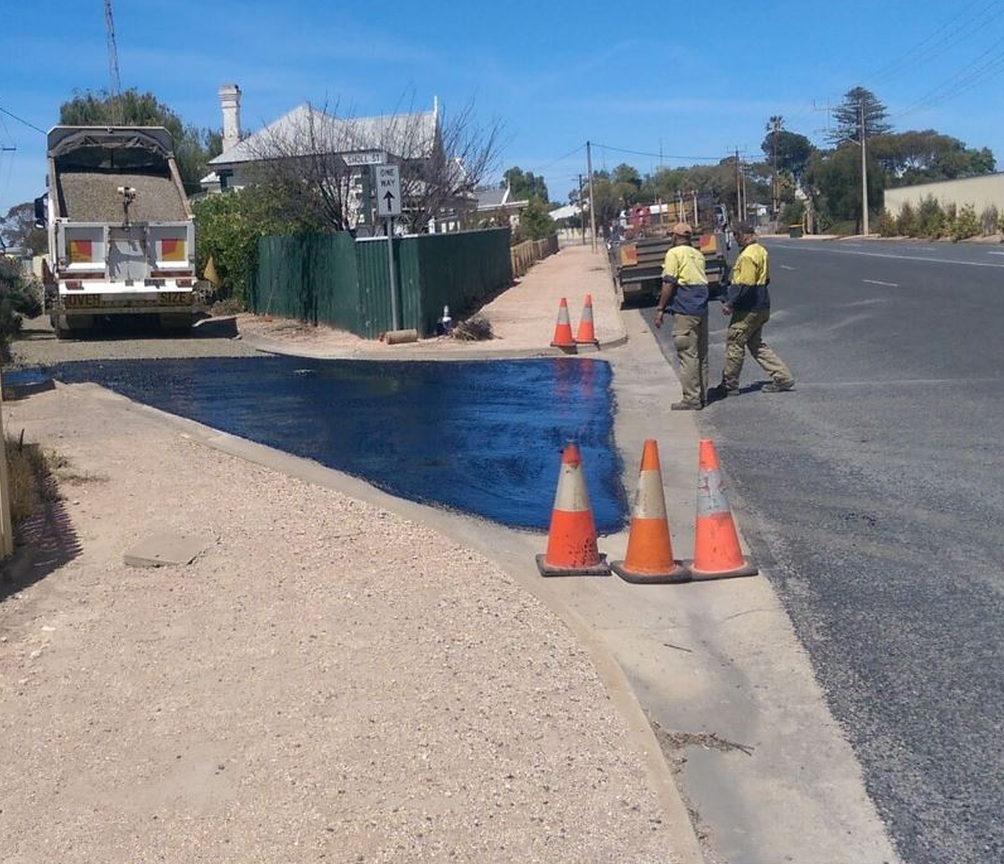
RESEALING VS RECONSTRUCTION
A sealed road consists of different layers, and each layer is required to be constructed well in order to have a safe and comfortable road. Reconstruction of a road is significantly expensive, and it is therefore best to manage roads effectively, to minimise reconstructions where possible. There are various factors that reduce the life of a road, water being one of the main factors. As a result, the road’s pavement should be paved in order to minimize soil softening as well as vehicle damage. The condition of road surfaces should be checked regularly and treated quickly if required. This not only extends the life span of the road, but also allows roads to stay in a good shape and condition for current and future use. After several treatments such as pothole and cracks repairs, diminishing road surfaces will reach a point where repairs will no longer be effective. At this stage, Council will overlay a new road surface on top of the pre-existing surface, see below. After several resurfacing processes, eventually the road base will deteriorate to a point where it will require reconstruction, and the process will start afresh.
Rural Arterial Road (DPTI Road)
The Department of Planning, Transport and Infrastructure (DPTI) owns and maintains all Arterial Roads within the Copper Coast Region, therefore DPTI is responsible to maintain all Arterial Roads for public use in a good level of service.
Generally, an Arterial Road connects major key towns with volumes of 50 or more heavy vehicles per day (Figure 4).
Unlike rural arterial roads, rural local roads mainly provide access for local residents and the Annual Average Daily Traffic is less than 300. Therefore, sealed conditions might be to a lower standard due to lower traffic movements.
